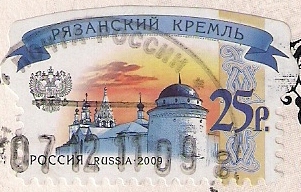to 1885 when the dragon was the obvious choice to use on stamps of China because it was the symbol of the Emperor of China
In 1897 the currency changed from candarins to cents and so too did the dragon design. Turbulent times were upon China with rebellions and the Sino-Japanese War (1894-95). The Imperial Chinese Post became
the Chinese Imperial Post in 1898 which was the year of a power struggle between the Guangxu Emperor and his aunt the Empress-Dowager Cixi. These were the last stamps to feature a dragon for some time, China would become a republic in 1912.
As this year's dragon's element is water here is a Lunar New Year postcard with the watery theme of a fish
which is traditionally served on New Year's Eve (the word for fish is Yu and can sounds like the words for wish and abundance). It is customary to serve a fish at the end of the evening meal, symbolizing a wish for abundance in the coming year. For added symbolism, the fish is served whole, with head and tail attached, symbolizing a good beginning and ending for the coming year. The card had a prepaid second class stamp on the back
also featuring fish ,which could be a double carp. The carp is closely associated with the dragon because the story goes it was so strong it could swim against the current of the Yellow River and through the "Dragon Gate" and so be transformed into a dragon.
An entry to Viridian Postcard's Sunday Stamps where we are celebrating Lunar New Year with dragons.




























